| The main focus of our website is blood flow in glaucoma. Nevertheless, we also briefly discuss eye pressure lowering therapy for the following reasons: a) elevated eye pressure is and will remain an important, for many patients even the most important risk factor, b) lowering eye pressure also improves ocular blood flow, especially in patients with impaired autoregulation and c) eye pressure lowering drugs often have a positive or negative influence on blood flow independent of eye pressure. |
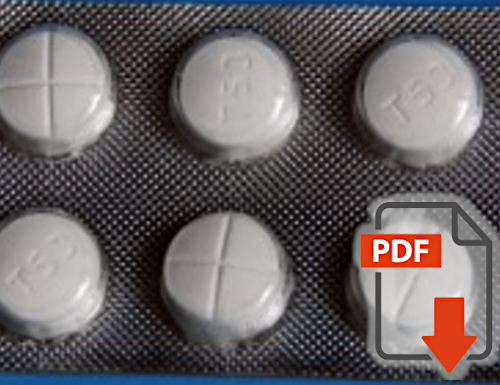
J Flammer, SM Drance:
Effect of Acetazolamide on the Differential Threshold |
Acetazolamide (Diamox R) are tablets that was originally developed as a diuretic. Today it is prescribed, among other things, to lower elevated intracranial pressure. In ophthalmology, it is used to lower intraocular pressure only for short-term treatments, such as emergencies, because of the potential side effects. Flammer et al. have observed that Diamox significantly improves visual fields in certain patients, especially younger ones. Before nerve fibers die in glaucoma, they usually go through a phase in which they are still alive but no longer functioning. When disturbed blood flow is normalized, these nerve fibers function again and the visual field improves. This is exactly what Diamox can do. |
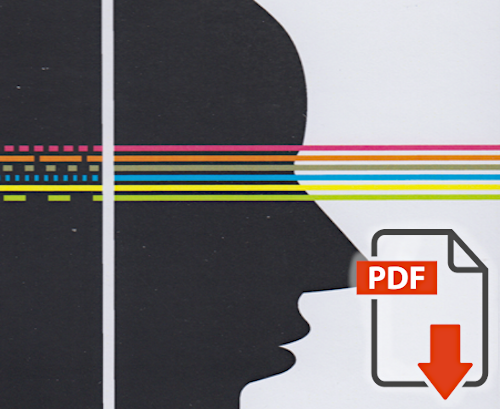
MC Grieshaber, J Flammer:
Is the medication used to achieve the target intraocular pressure in glaucoma therapy of relevance? – An exemplary analysis on the basis of two beta-blockers |
Does it matter which drug is used to achieve a desired eye pressure? In other words, does the prognosis depend simply on the level of eye pressure, or also on the selected eye pressure-lowering drug? Grieshaber et al. studied the effect of different beta-blockers on eye pressure and visual field progression. They could show that the visual field prognosis is not only dependent on the achieved pressure reduction, but clearly also on the chosen drug. Therefore, it is important that the ophthalmologist knows the individual risk constellation of the patient and the mode of action of the individual drugs so that he or she can make the optimal choice for each patient. |
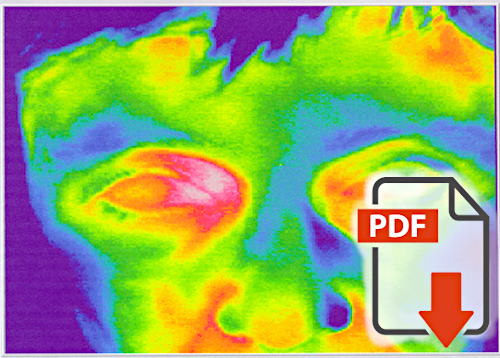
K Konieczka, S Koch, D Hauenstein, TN Chackathayil , T Binggeli, A Schötzau, J Flammer:
Effects of the Glaucoma Drugs Latanoprost and Brimonidine on Corneal Temperature |
For patients, it may be relevant what other effects eye pressure-lowering drugs have. In particular, we would like to know whether the eye drops have an effect on ocular blood flow. Konieczka et al. have shown that the application of brimonidine and the combination of brimonidine with latanoprost significantly reduced corneal temperature, whereas latanoprost alone had no effect. This is indirect evidence that ocular pressure-lowering drugs can have an effect on blood flow. |
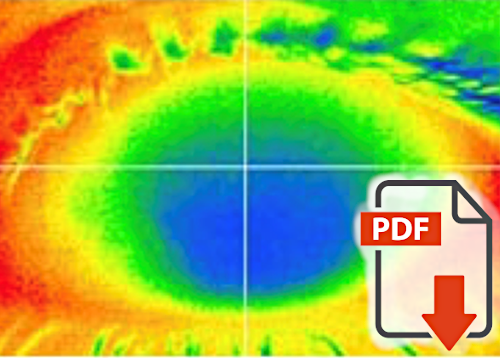
S Orgül, J Flammer, D Stümpfig, P Hendrickson:
Intraocular pressure decrease after local ocular cooling is underestimated by applanation tonometry |
We have already discussed the fact that eye pressure is not a fixed parameter, but fluctuates throughout the day and from day to day. The eye pressure is influenced by many factors. One example is the temperature of the environment. Orgül et al. show in this paper that already a cold air stream lowers the eye pressure. |

T Haufschild, S Orgül, J Flammer:
Effect of Hospitalization on Intraocular Pressure in Patients with High Tension and Normal Tension Glaucoma |
It is known that stress increases blood pressure. What is less known is that stress also increases eye pressure. Therefore, certain ophthalmologists recommend stress reduction methods to their glaucoma patients. In this paper Haufschild et al. show that during hospitalization the eye pressure decreases within days, even if the therapy is not changed during this time. This effect is probably due to the fact that most patients gradually relax during the stay in hospital. |
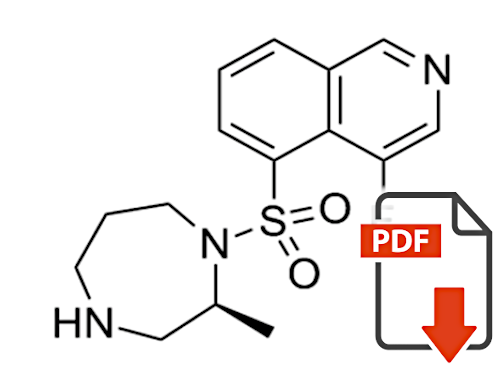
C Erb, K Konieczka:
Rho-Kinase-Hemmer als neue lokale Therapieoption beim primären Offenwinkelglaukom |
Although eye pressure-lowering drugs are very frequently prescribed, only few new substances have come onto the market in recent years and decades. After the introduction of prostaglandin analogues in the 1990s, it took 20 years for a new class of substances, namely Rho kinase inhibitors, to appear on the market. These new drugs have been described by Erb et al. in this article. |
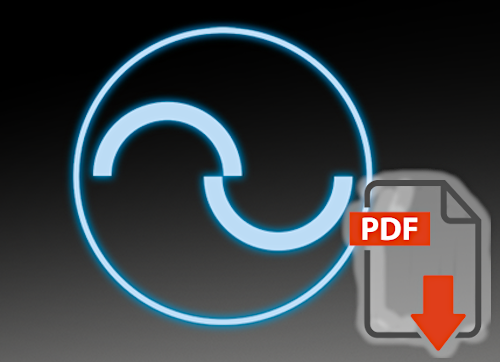
M Mozaffarieh, J Flammer:
Is There More to Glaucoma Treatment Than Lowering IOP? |
For a long time, lowering eye pressure was considered the only effective way to prevent glaucoma damage from occurring or progressing. But on the one hand, many people with high eye pressure never develop damage, and on the other hand, people with glaucoma damage often never have elevated eye pressure. Further, there is the bitter experience that eye pressure reduction alone often cannot prevent further progression of the damage. This has repeatedly led to the question whether there are other therapies available, as Mozaffarieh et al. discussed in this review already years ago. |